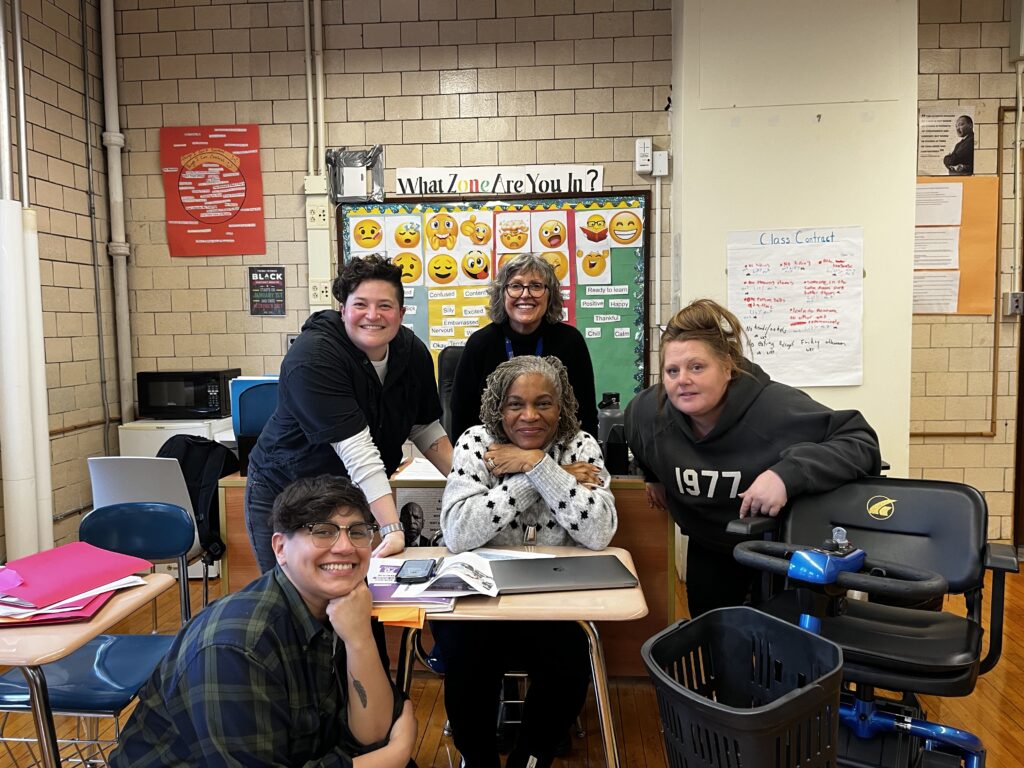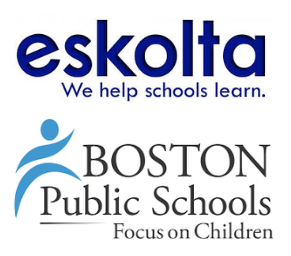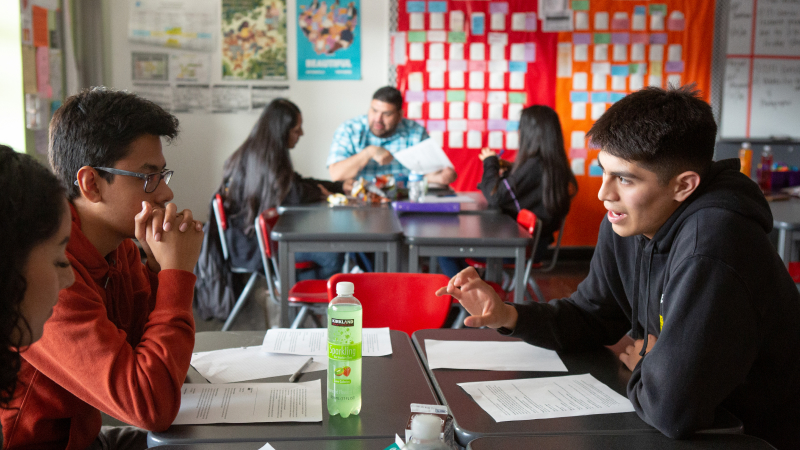How student input improved how teachers taught writing


When teachers at Boston Collaborative High School wanted to improve how they taught writing, they turned to students. Teachers conducted empathy interviews, reviewed student work, and hosted a student and teacher “fishbowl” where students gave warm and cool feedback about teachers’ new ideas. This process led to the refinement of several change ideas that supported students’ writing.
Across all content areas, student writing at Boston Collaborative High School had room for improvement. While students’ verbal answers to questions were often detailed and insightful, their verbal skills often did not transfer to the written page. Teachers reported that students struggled to begin a new piece of writing, create organized responses to a prompt, or write well-structured sentences.

A cross-disciplinary team of teachers turned to students in order to more deeply understand their experiences with writing. First, teachers conducted empathy interviews with ten students, asking questions such as, “Tell me about a time when you felt good about your own writing” and, “Tell me about classes where writing feels easier or harder.” Another question for students was, “Can you think of an assignment or project that you’ve done that you really liked working on?”
Second, teachers examined student writing samples from the same students they had interviewed. From these two sources of information, teachers created a list of new ideas to try in class as well as additional questions for students. Their third strategy was to bring the list of ideas and questions to a student “fishbowl” where students sat in the center of a circle for discussion while adults sat on the outside to listen. Students honestly reviewed the teachers’ list of potential ideas; giving warm and cool feedback about their potential. Teachers leaned into the mindsets of curiosity, self reflection, and honesty throughout these strategies and the subsequent team meetings.

Several ideas emerged during the fishbowl. For example, teachers designed and tested an idea called Visual Text Analysis (VTA). This prewriting strategy is designed to help students organize their thoughts through the use of images rather than words. In the VTA process, students describe what they see in an image and identify the central message, or claim, of the image and then use their ideas as they begin writing. The team hypothesized that using images before text would increase students’ confidence in both discussion and written analysis of text.

Teachers reported that they gained new and important insights into student writing experiences through the three strategies of empathy interviews, examining student work, and the fishbowl activity. One teacher said, “I was really encouraged to hear from students; I heard a lot of desire in them to want to get better at writing and I appreciated that they were able to articulate their needs…We should be having more conversations like this .”
The teachers had such a positive experience with the initial VTA cycle that they are ready to test more writing support ideas such as culturally relevant writing topics, strategies to support making claims, and more strategies for getting started on a new piece of writing. They will continue to involve students in the design and testing of new classroom strategies.
There’s more than one way to build a student-powered classroom. Explore these resources to get started.
